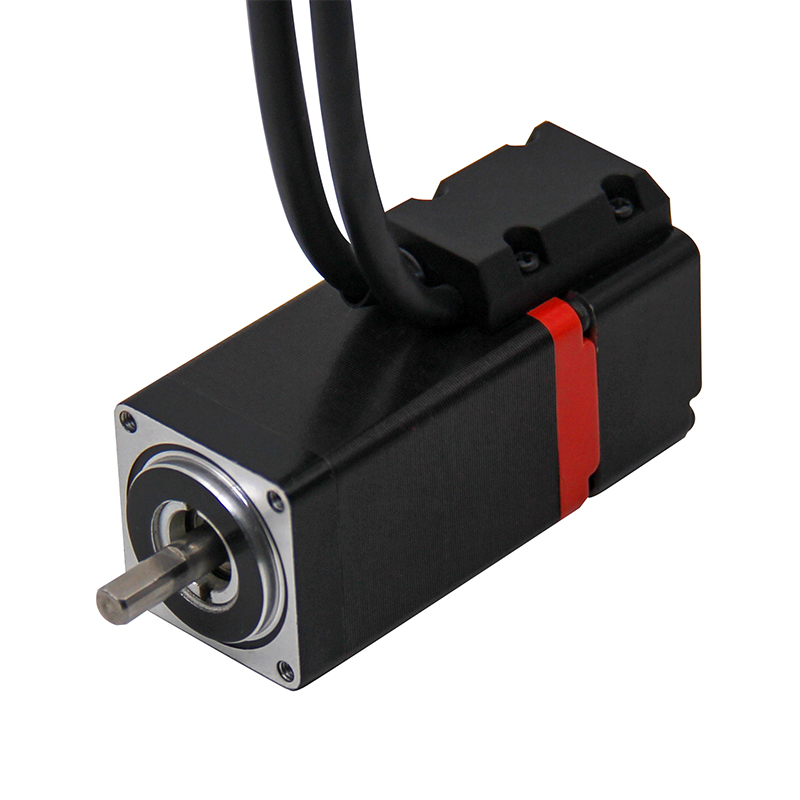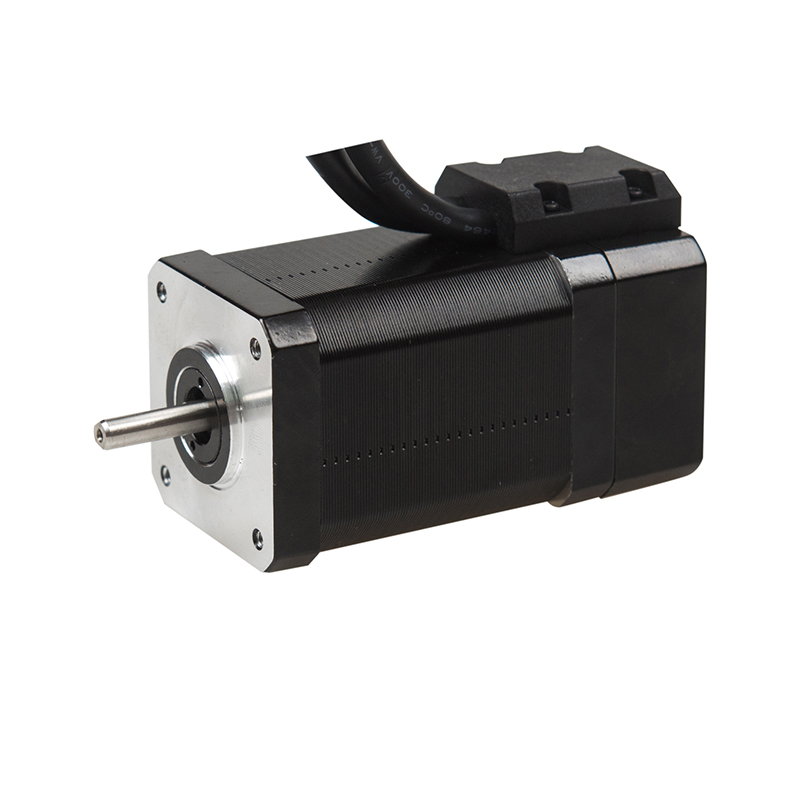How the Step Servo System works?
 Jul 04, 2022|
Jul 04, 2022| View:102
View:102Step Servo System is mainly composed of two parts: Step Motor Drive Control Circuit and Step motor. The drive control circuit receives the feed pulse signal (instruction signal) from the control system of the numerical control machine tool and converts the signal into the signal that controls the stator windings of each phase of the stepper motor to turn on and off according to the signal, make the Stepper Motor Run. The rotor of the stepping motor is connected with the lead screw of the machine tool. The rotor drives the lead screw to rotate, and the lead screw drives the worktable to move.

The following from the Step Servo System how to achieve the movement of the machine tool table movement, speed, and direction of the movement of three aspects of control, the working principle is introduced.
1. The Step Servo System controls the displacement of the worktable
The feed pulse sent by the control system of the numerical control machine tool, after the driving circuit, becomes the change times of the level signal which controls the power-on and power-off of the stator windings of the stepping motor, making step motor stator winding electrification state change times. According to the working principle of the stepping motor, the angular displacement (step angle) of the stepping motor is determined by the changing times of the stator winding electrifying state. The angular displacement is changed into the displacement of the worktable after the lead screw and the nut (t is the pitch). That is, the number of feed pulses → the number of the stator winding on-state changes F → Stepper motor rotation F → the table displacement.
2. The Step Servo System controls the feed speed of the worktable
The frequency of the feed pulse sent out by the machine control system, after driving and controlling the circuit, is shown as the changing frequency of the level signal which controls the power-on and power-off of the stator windings of the stepping motor, that is, the stator winding on-state change frequency. The rotor speed ω of the stepper motor is determined by the changing frequency of the stator winding electrifying state. After the rotor speed ω is converted by the lead screw nut, the feed speed V. That is, feed pulse frequency f → Stator winding electrified state change frequency F → Stepper motor speed ω → table feed speed V.
3. Step Servo System controls the movement direction of the worktable
When the feed pulse sent out by the control system is positive, through the drive control circuit, the stator windings of the stepper motor are energized and cut off in a certain order; The drive control circuit makes the stator windings energize and power off in reverse order when the feed pulse is positive. According to the working principle of the stepping motor, the forward or reverse rotation of the stepping motor can be controlled by changing the electrifying sequence of the stator windings, so that the feed direction of the worktable can be controlled.

To sum up, in the Step Servo System, the number, frequency, and direction of the input feed pulse are converted into the displacement, feed speed, and feed direction of the worktable by the driving control circuit and the Step motor, thus, the displacement can be controlled.
Baolong MOTOR was founded in 2004 and has a profound technical background and rich experience in the MOTOR industry, we have developed stepping servo motor, stepping linear motor, motor driver, DC brushless motor, AC servo motor, Gear Box, and other products, for more information on Step Servo System, contact us at sales01@baolongmotor. Com.































